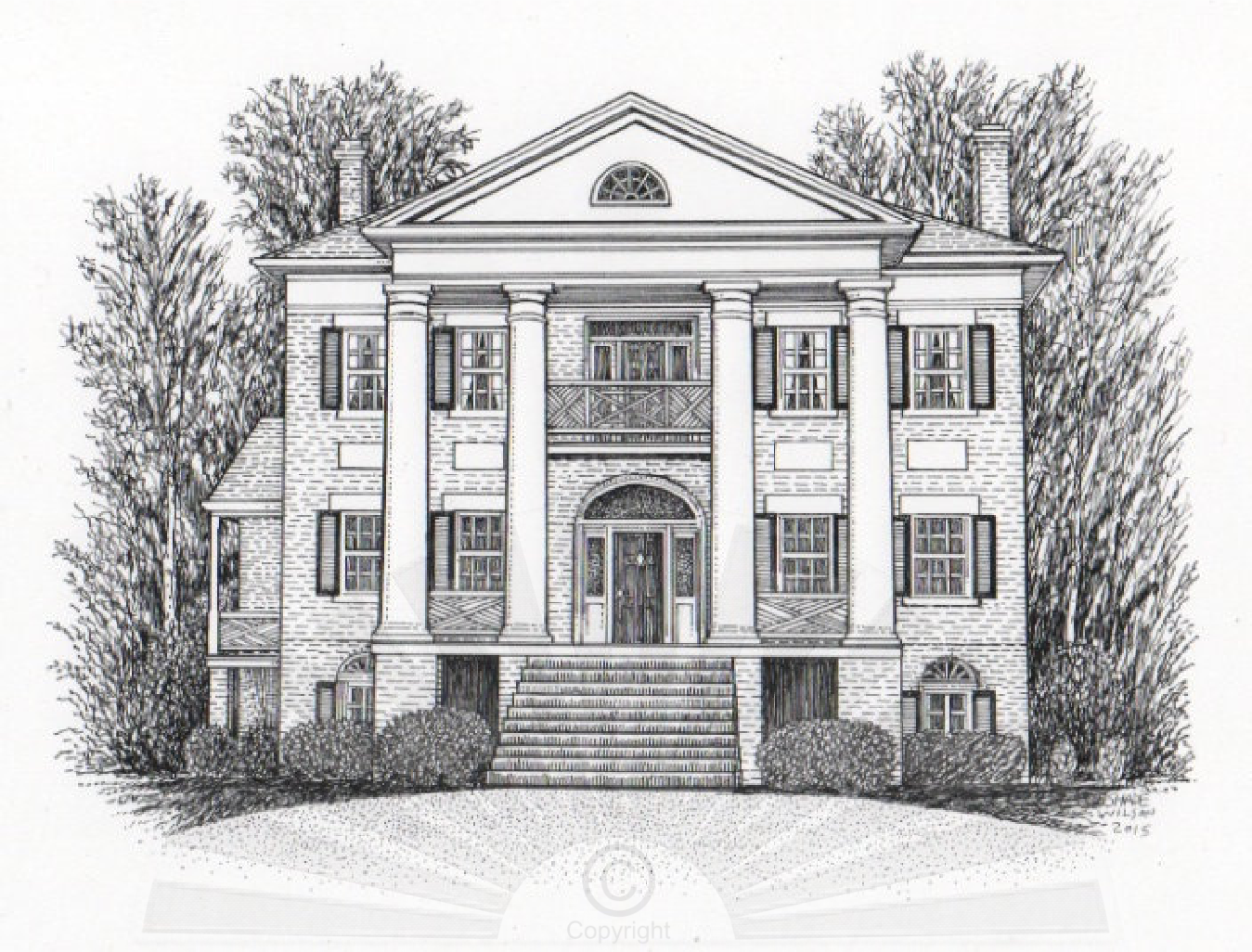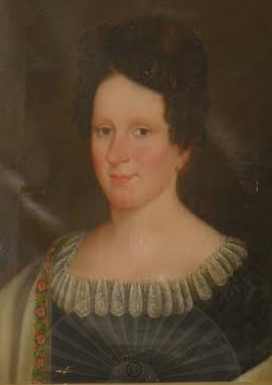
PEYTON PLACES
While researching the chain of ownership of the tracts of land that made up the original Montgomery Hall plantation, I learned a lot about other early landowners and their properies and houses in Augusta County and Staunton, Virginia. Many of these houses are still standing, while others, casualties of progress, are long gone. Many of the Peyton and allied family houses no longer exist, but the sites of some of these former plantations and farms later became parks or places for the public to enjoy.
William Madison Peyton, son of John Howe Peyton and his first wife, Susan Smith Madison, purchased a farm in 1846, later naming it Elmwood and substantially increasing the property’s original acreage. After subsequent ownership, this former plantation property became Elmwood Park in Roanoke, Virginia.
The site in Harrisonburg, Virginia that was once Hilltop, home of Robert Asher Gray and Mary Preston Peyton, a daughter of John Howe Peyton, is now Ralph Sampson Park. Also associated with Hilltop is the inspiring story of Lucy Francis Simms, born enslaved at Hilltop in about 1855. After graduating from college in the 1870s, she returned to Harrisonburg as a teacher, educating generations of African-American children. Recent excavations at Ralph Sampson Park have yielded clues about the lives of the formerly enslaved African-American people at Hilltop.
Smithfield, in Blacksburg, Virginia, the former plantation of Col. William Preston, grandfather of Susanna Smith Madison Peyton and Ann Montgomery Lewis Peyton, was donated to the APVA in 1959 by Janie Preston Boulware Lamb. Smithfield has been restored and both the house and the grounds are preserved for the public to enjoy.
Spring Farm, on which a house said to have been built by Hessian prisoners for Peter Hanger once stood, was later owned by John Brown. John Brown Baldwin, Brown’s grandson and also the son-in-law of John Howe Peyton, was born in this house at Spring Farm and lived there after he married Susan Madison Peyton. The house is gone, but the site is now a part of Gypsy Hill Park. The Augusta County Fair was renamed the Baldwin-Augusta Fair in recognition of John Brown Baldwin’s efforts on its behalf. The Baldwin Fairgrounds also became a part of Gypsy Hill Park.
A portion of the acreage of John Lewis Peyton’s Steephill, once a large farm, and Steephill’s former lake became a part of Gypsy Hill Park many years ago. Steephill and its remaining thirty-four acres were owned by Peyton’s descendants until 1962. It was then purchased by the City of Staunton for the purpose of further developing Gypsy Hill Park. The house and a small portion of the surrounding land were later resold and Steephill, once again, became a private residence.
There are other examples, but of all of them, Montgomery Hall is unique as the only former plantation site that became a park for African-Americans during the time of segregation and one of only two parks in Virginia created solely for African-Americans. John Howe Peyton’s original house is gone. The brick cottage he built for his mother, Anne Hooe Peyton, at Montgomery Hall and later used as a law office and library was dismantled and rebuilt at Steephill many years ago by his grandson, Lawrence Washington Howe Peyton. The cottage is still there today, next door to Gypsy Hill Park, the only surviving structure of John Howe Peyton’s original Montgomery Hall.






